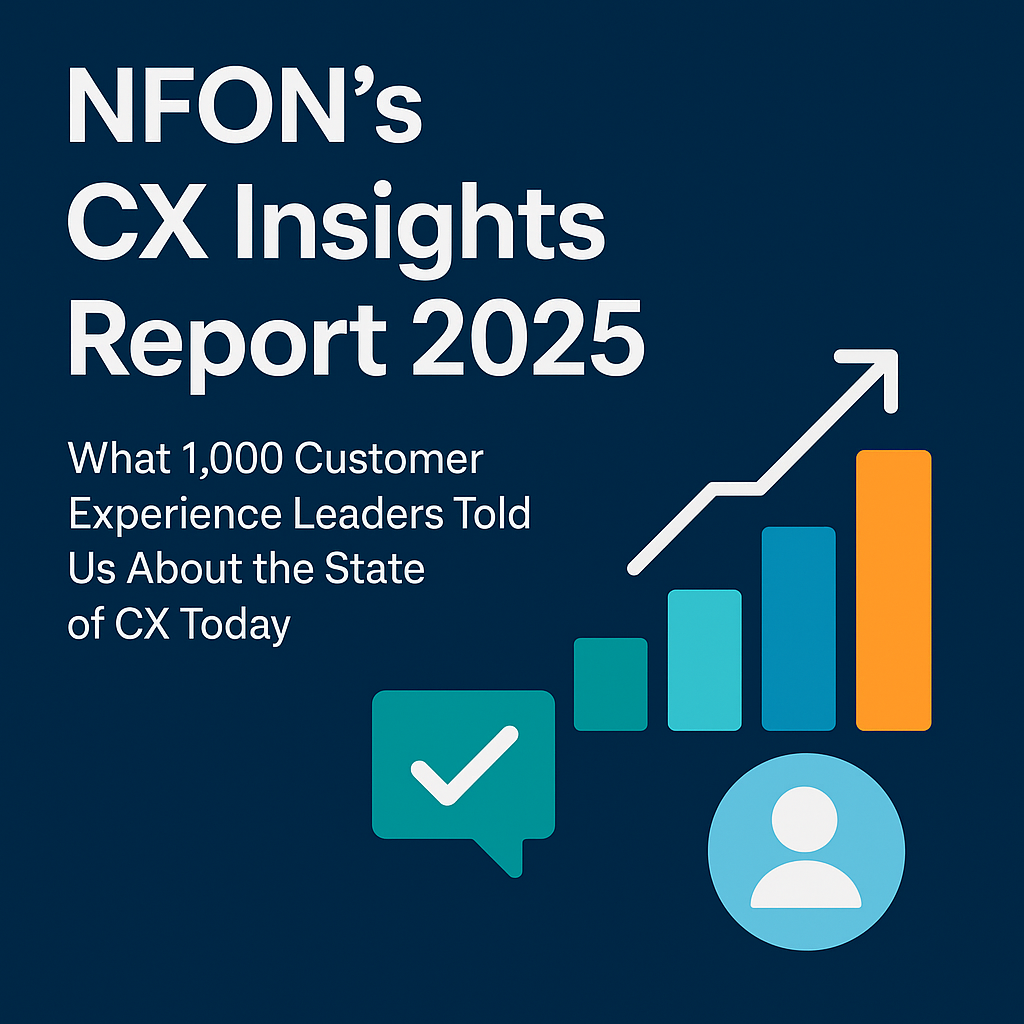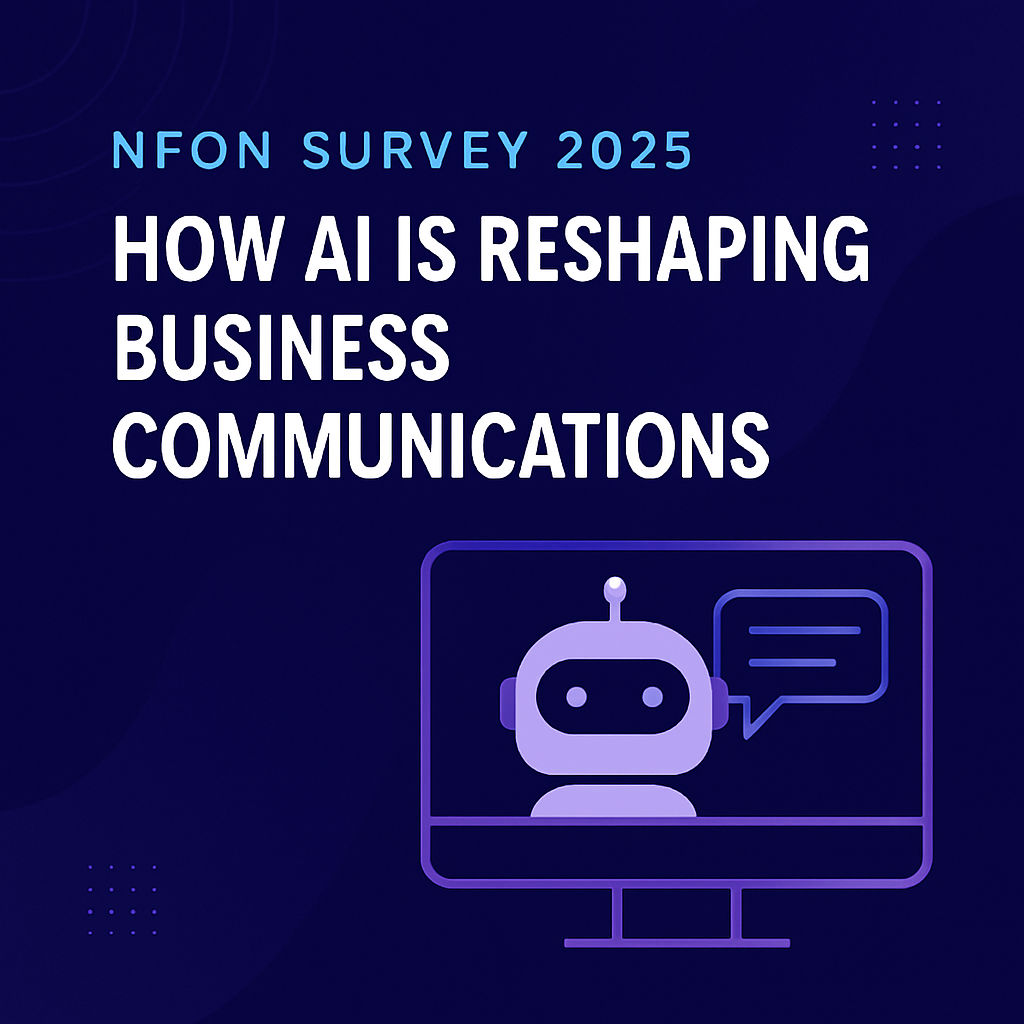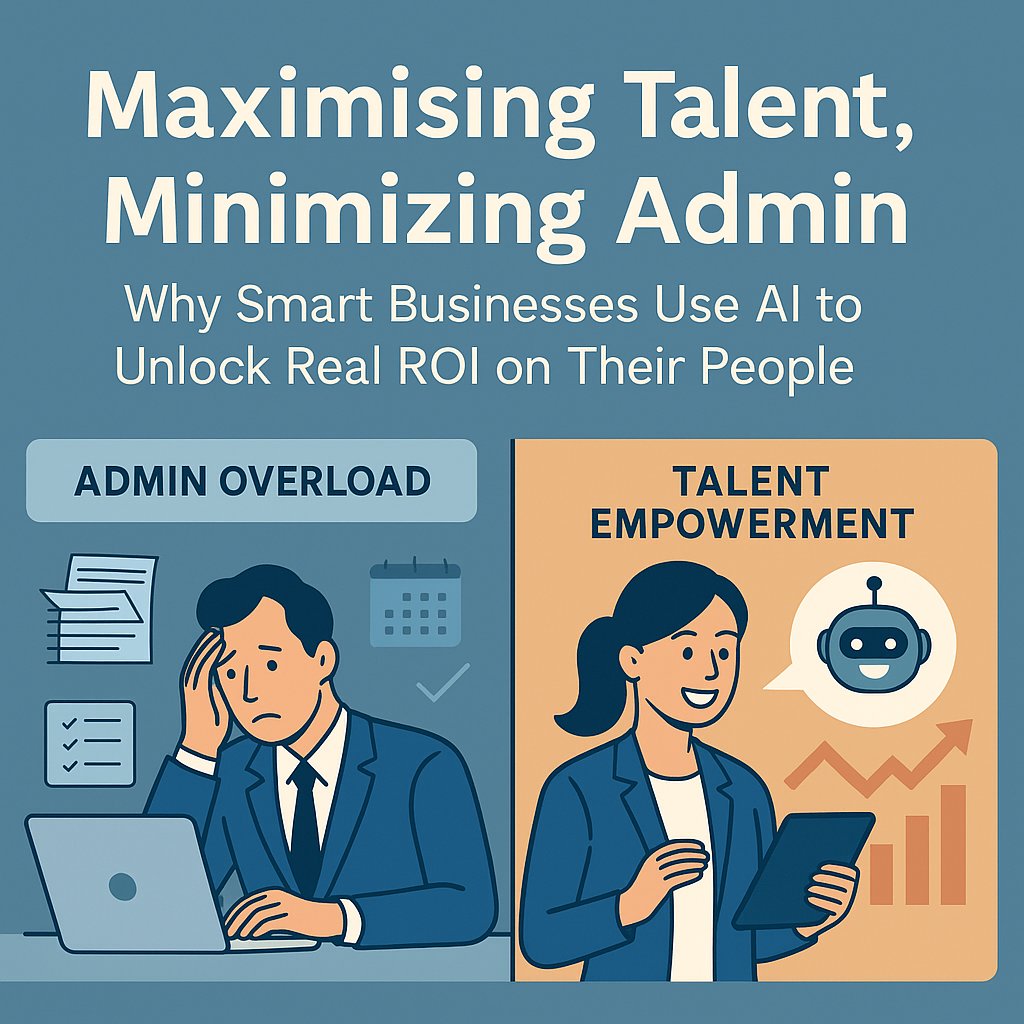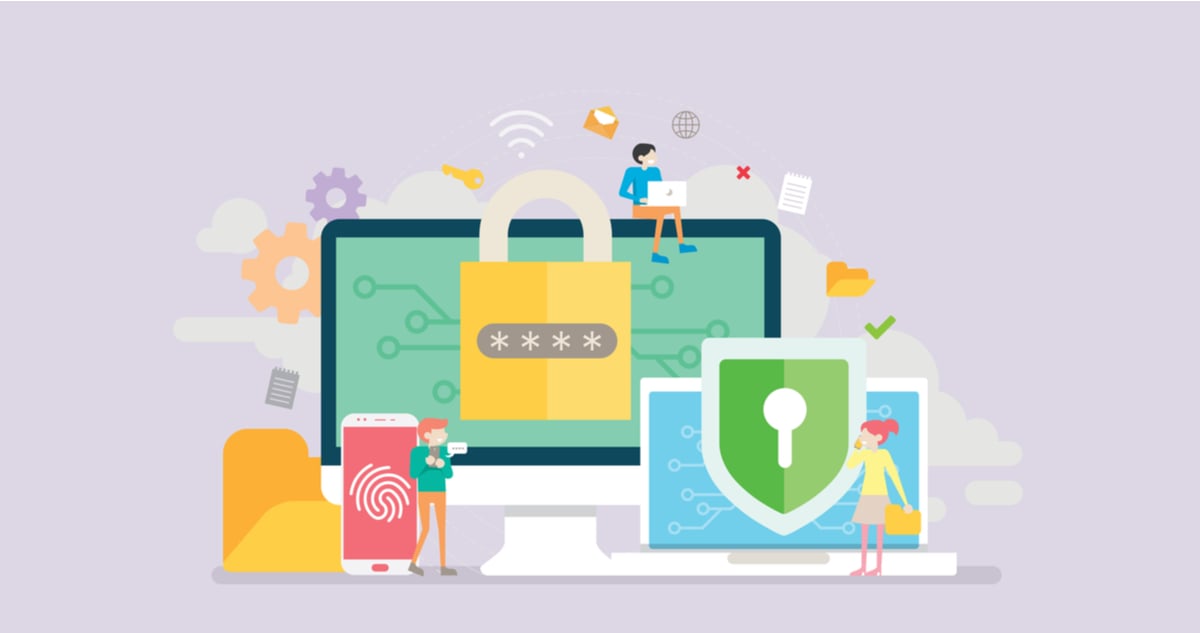In today’s modern age of digital technology, customers demand excellent customer service – and there is little margin for error. Social media and multi-channel communications mean customer expectations are intensifying and becoming more visible. Combine this with COVID-19 and the rapid roll-out of online public services, the pandemic has had a profound impact on how people live, communicate and consume.
This radical shift in consumer behaviour is likely to linger for years to come, and it will have significant implications for all customer-facing organisations and their services. It will trigger far deeper-rooted issues within the public sector most of all. Tight budgets, legacy systems, silos and increasing pressure on life-critical services have been long-standing issues, yet the pandemic has elevated them to greater heights, with greater chances of failing.
Public sector organisations can make key changes now to shape customer service in the ‘Next Normal’. Five key areas of action are emerging:
- Deliver a citizen-centric approach
Citizens are the beating heart of the public sector. When governments and public authorities deliver services based on the needs of the people they serve, costs reduce and public satisfaction increases. A project launched by the Local Government Association showed that perceived value for money was the most powerful decider of public satisfaction - far more important even, than the tax money they paid. Analysis found this was largely influenced by how well residents were informed about local services. Councils made changes based on these insights, which greatly improved trust, satisfaction and citizen services overall. The lesson here? Understand what citizens need and take action.
- Data-driven insights
This point goes hand-in-hand with point 1. The shift towards digitalisation gives public organisations the opportunity to invest in data-driven systems and real-time insights. Tools can be utilised to analyse citizen data, predict behaviour and gain knowledge of what citizens need, as well as monitor how they may change. Given the exceptionally fast rate COVID-19 trends are changing, you can bet citizen behaviour WILL change, and data insights will reflect this. Re-examine everything you knew about your citizens before COVID and start from scratch. Data quite literally gives organisations the means to accurately gauge citizen needs, so they can respond accordingly. If the public sector wants to provide an enhanced user experience and customer service, this is the foundation.
- Omnichannel communication, including talking with real humans
Lockdowns, reliance on online services and social distancing measures have accelerated record levels of engagement on digital spaces. Consumers are now demanding online equivalent services to everything, from grocery shopping to yoga classes, and expectations of digital experiences are at an all-time high. This is a trend that shows no sign of slowing down. Public sector organisations can respond by providing robust digital channels to quickly meet citizens demands, which are flexible enough to adapt to future disruption.
Lockdowns have also increased citizens need for empathy and meaningful human connection, missing the spontaneity of face-to-face interactions. Organisations that fill this gap with quality customer service provided by attentive humans (instead of robots) will leave citizens with a memorable positive experience at a difficult time.
- Find authentic ways to connect with customers in the ‘Next Normal’
The citizens you knew before COVID are no longer the same. It is imperative public sector organisations do not take what they think their citizens want for granted. One solution is to find different but genuine ways to address their needs. Predictions suggest the usage of apps and contactless journeys will take precedent – how can your organisation meet this demand? Other emerging factors have included support for local businesses – how can local councils utilise this? If there is a demand for human interaction – how can advanced telephony systems support this? Reverting back to pre-COVID ways of working is no longer feasible.
- Strive for Sustainability (and be transparent about it)
People are holding brands to higher standards of ethics than ever before. The rise of online content during COVID has shown brands that fall short will be called out on it. The public sector has reduced its emissions by 40% since 1990, but there is still huge scope for further progress which public sector organisations must action. Sustainability is not only an economic investment, it is an investment to build trust, loyalty and productiveness in citizens – big influences in customer service. Being transparent about what you do enables citizens to see value in what you achieve. Arguably most of all, it erodes the long-established assumption of a public sector that opts for short-term cheap costs, over long-term value. If ever there was a time to reaffirm your purpose and your values as an organisation, it’s now.
The climate is constantly evolving, socially and economically. If public sector organisations act now, they have the opportunity to help shape what customer service in the Next Normal may look like and how organisations can adapt to meet the needs of the Next Normal Consumer.
Find out more at the NFON public sector microsite
.jpg)








